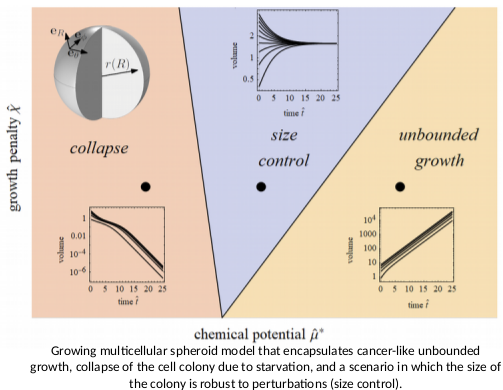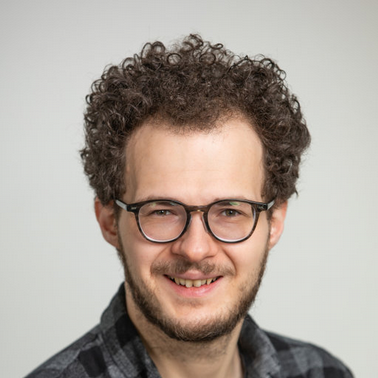- Imprimer
- Partager
- Partager sur Facebook
- Partager sur X
- Partager sur LinkedIn
Séminaire
Le 23 février 2023

Mechanical feedback in the growth of living tissues
The mechanism with which cells measure the dimension of the organ in which they are embedded, and slow down their growth when the final size is reached, is a long-standing problem in developmental biology. Feedback loops between growth and mechanical stress are increasingly believed to be important. In this presentation, I will introduce the concept of morphoelasticity as a standard continuum framework for modelling growing elastic tissues and provide insight into the feedback loops between growth and stress by considering simple 1D and 2D examples, such as a spring growing against a passive medium. However, without additional variables, the classical morphoelasticity theory often leads to either a collapse or unbounded growth of the tissue and prohibits reaching a finite asymptotic size. To address this issue, I will show how to modify the classical setting by including an energetic cost associated with growth, leading to the physical effect of size control.
These ideas will be applied to a specific system of a multicellular spheroid growing against the pressure of a medium in which it is embedded. The present model provides a qualitatively correct residual stress profile and has a naturally emerging necrotic core, both of which have been established experimentally in multicellular spheroids, and could be a step towards a better understanding of the role of mechanics in growing biological tissues.
Date
14h00
Localisation
Galilée room 011

- Imprimer
- Partager
- Partager sur Facebook
- Partager sur X
- Partager sur LinkedIn